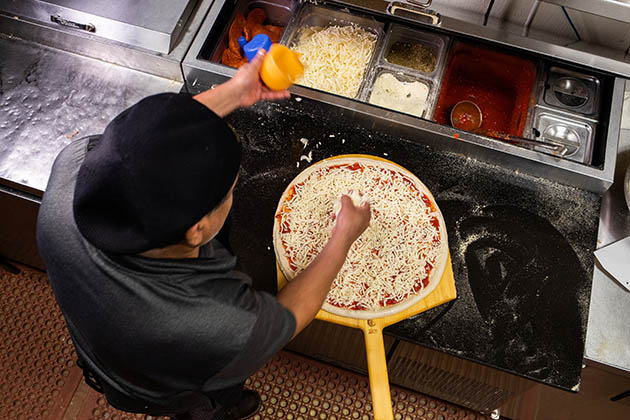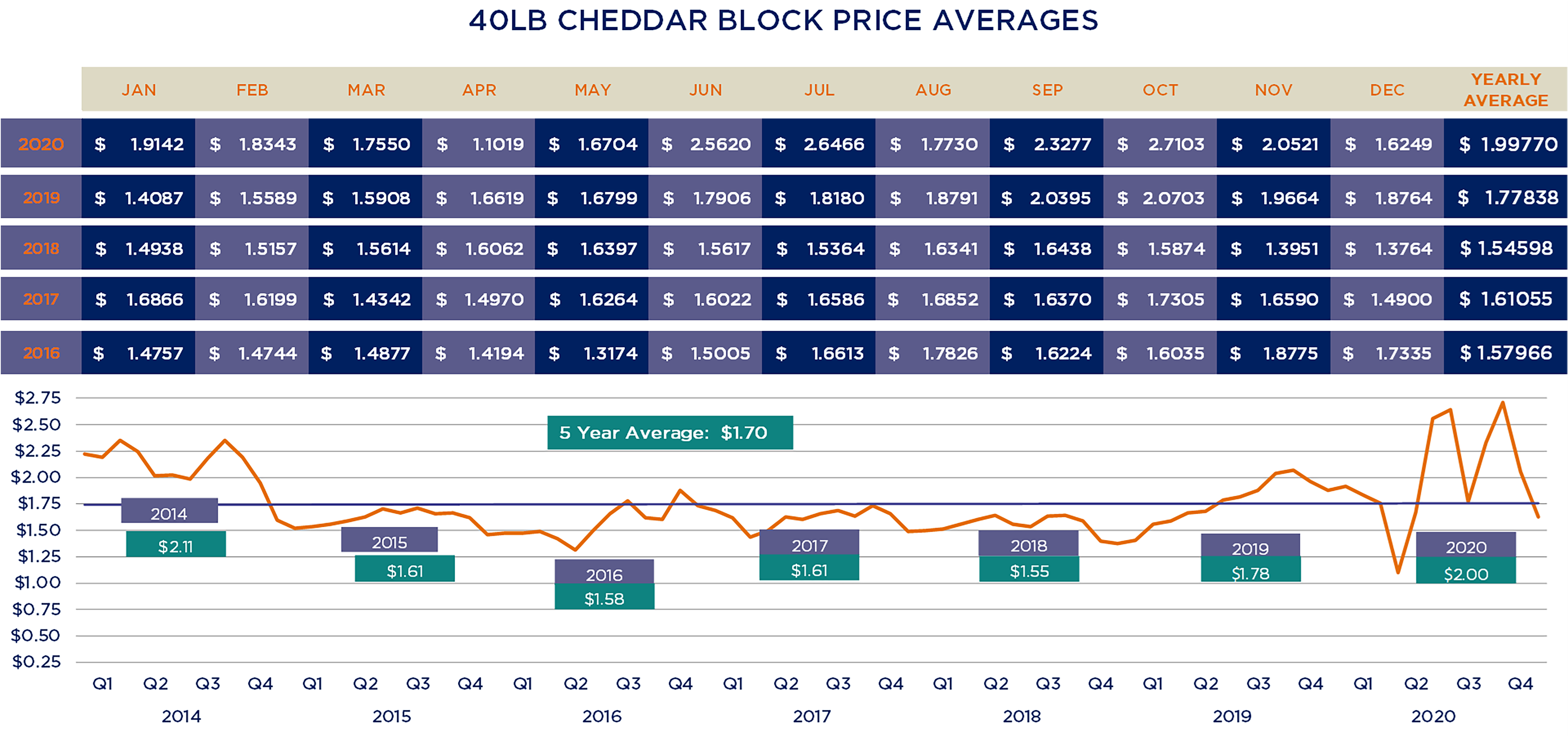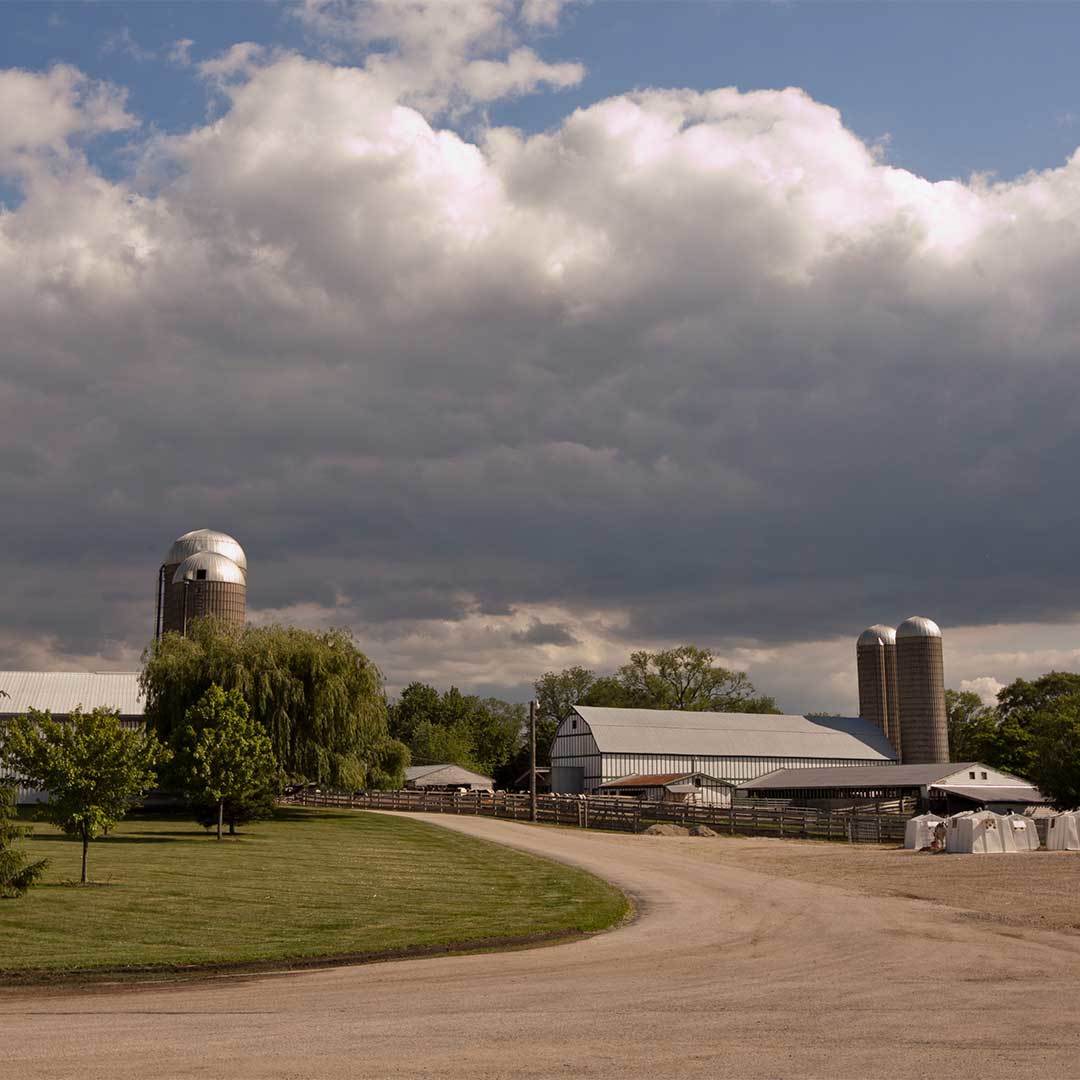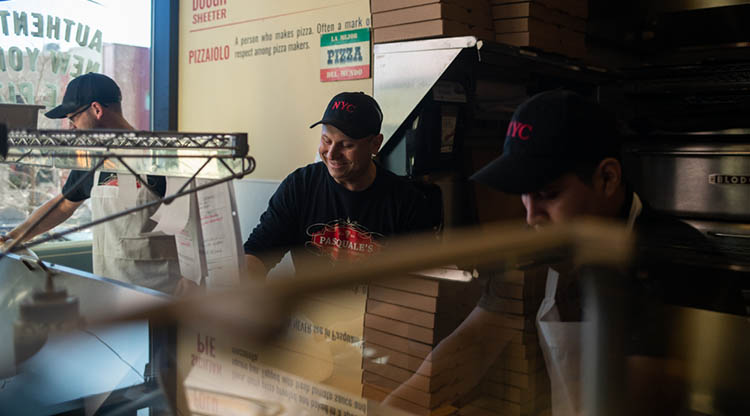
Seasonality
Generally, cheese inventories build in the first half of the year and decrease in the latter half of the year.
The price of cheese is determined by a wide variety of factors, including many influences that are outside of the control of manufacturers and distributors. Energy costs to produce and refrigerate the cheese, worldwide demand, and the cost of feed for the cows are just a few factors considered in the pricing of cheese.
Cheese is one of the biggest ingredient expenses for a pizzeria, so understanding the volatility in cheese pricing is important. But more critical, is knowing how to price your pizza based on changing cheese costs. The key is to maintain a stable price based on the average market price of cheese rather than increasing and decreasing the cost of your pie on a weekly or monthly basis. Explore this page to learn about the varying factors that effect cheese prices, and get ideas on ways to navigate this within your restaurant.

The cheese markets are the result of the balance – or imbalance – of supply and demand. Read on to further understand what factors play a role in determining the price of cheese.


The Chicago Mercantile Exchange (CME) monitors and publishes a weekly price for many commodities, including cheese. Every Friday the weekly average of cheese is recorded at cheesereporter.com, where the Block price of cheddar mirrors that of mozzarella.
Below is a chart indicating the monthly 40 lb. block pricing over the past few years.


Generally, cheese inventories build in the first half of the year and decrease in the latter half of the year.

Cows don’t like to be hot. A few weeks of hot and humid weather can reduce milk production by around 10% or more, reducing the amount of milk and cheese available.

Dairy cows eat about 65 pounds of corn and silage daily. If feed prices are high dairy farmers may sell cows to manage profitability, reducing the supply of milk available.

14-17% of all US milk production is exported each year, and that percentage continues to grow. The dairy economies of the world can impact the US dairy markets and pricing.

A 1% swing in consumer demand can toggle America’s cheese needs by more than 100 million pounds. When cheese inventories are high, the US government may get involved.

The European Union is the largest milk producer in the global market. When global inventories are low, especially in the EU, there will be increased demand to buy dairy products from the US.

Operators should have a target food cost percent. In most cases, operators who start tracking their food costs usually see a decrease of 2-3% in the first couple of months. What gets measured, gets managed.

Cheese is the most expensive part of the pizza, and portioning cheese goes a long way in controlling your costs and building a more consistent pizza.

The only thing we know for sure about the cheese market is that it will change. Set your prices based on the long-term average, and slowly increase your menu prices over time according to your pricing strategy.

It’s best to regularly review and update your menu pricing according to your strategy, rather than taking menu pricing jumps when costs are high. Our Solutions @ Work team can help with this!